In the same section
Geometric modeling
-
Construction of topological skeleton of CAD surfaces.
This step is necessary to obtain a conformal assembly of surface tiles before generating a quality mesh.
-
Representation or second-order geometric approximation of CAD surfaces.
This order is essential for the generation of meshes with faithful respect to geometry.
-
Extraction of geometric features from CAD surfaces,
in particular ridge lines, to improve the geometric quality of meshes without explicitly considering geometric curvatures.
-
Geometric modeling of granular structures (innovative materials).
This involves extending the methodology to take into account the anisotropy of materials.
-
3D reconstruction from a point cloud.
The focus will be on the identification and faithful reconstruction of geometric singularities (sharp edges and corners) in mechanical parts, since traditional methods do not generally treat these cases.
-
3D reconstruction from digital images.
This is a special case of 3D reconstruction in which the scan is performed without "contact" (probes or rays) with the object.
-
Continuous surface model from discrete surface
leading to adaptive surface re-meshing, fluid-structure interaction, shape optimization and fictitious domains.


